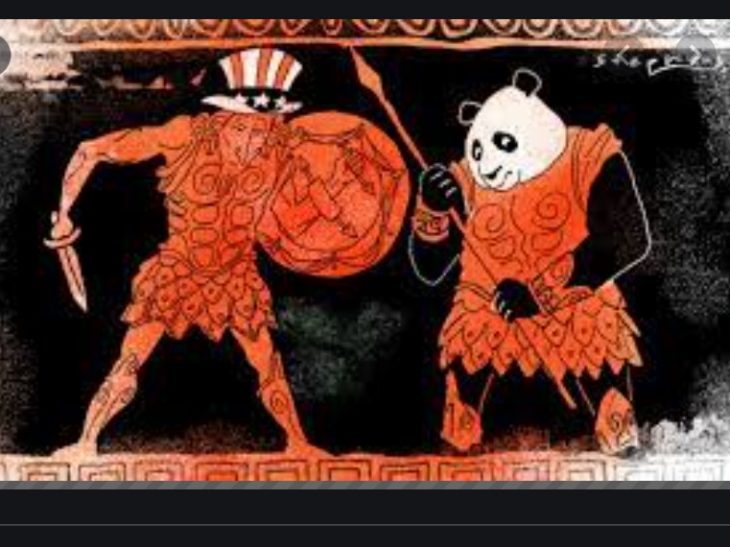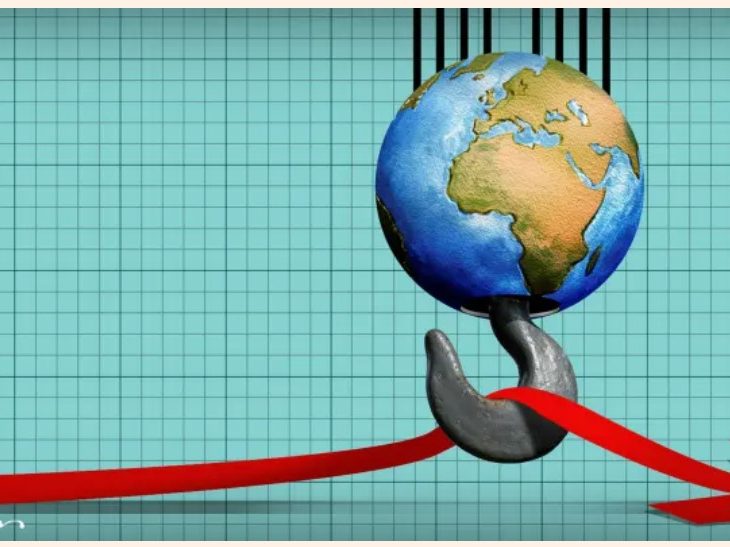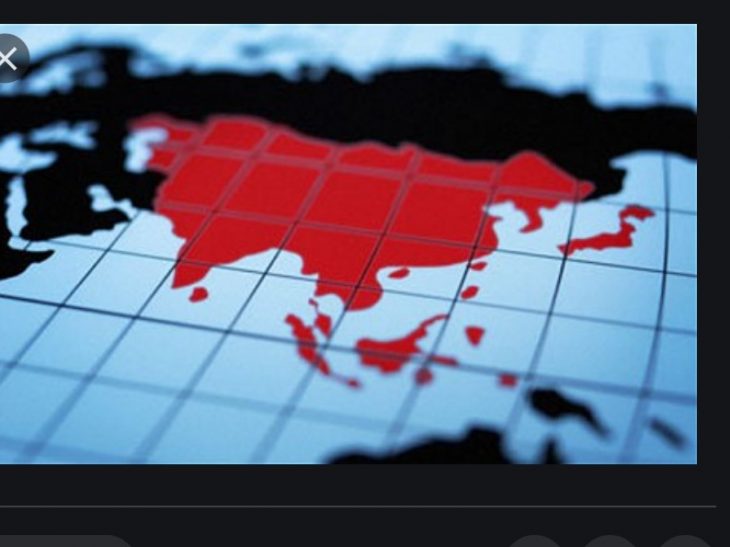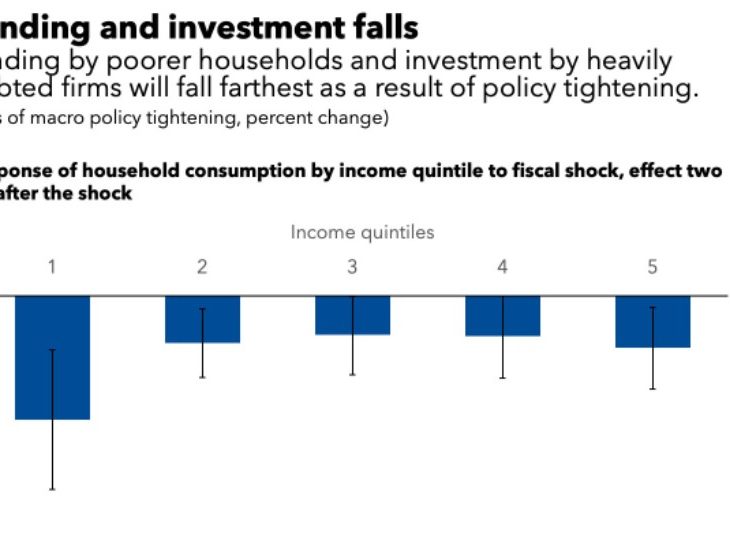David Rothkopf: The World Braces for the Virus as America Begins to Move On
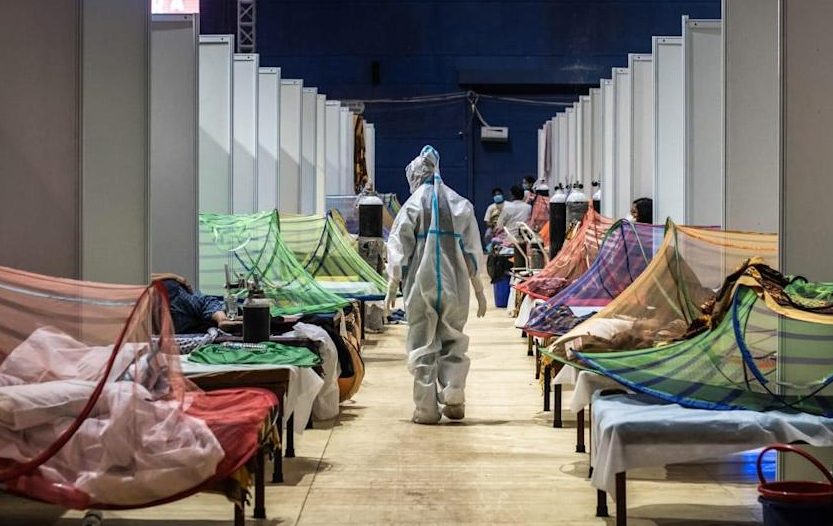 corona-world
corona-world
The Biden administration’s success in battling the COVID epidemic has been a triumph of vision, planning, and execution. But that success may well become a source of tension with the rest of the world as the U.S. celebrates re-opening its economy, recovering labor markets, and soaring growth while much of the planet enters into a period of pandemic-driven despair that will shatter the lives of millions and produce ever-deepening suffering for much of the globe.
Already, as Americans are shedding their masks and starting to book summer travel plans, the contrast with the wholesale catastrophe in, for example, India is stark. We have seen the shots of Americans partying on the beach presented almost alongside those of bloated Indian victims of the virus washing ashore on the Ganges illustrating the horrors faced by many Indians who cannot find vaccines or oxygen, doctors, or even affordable funerals.
Where will we be come autumn, as the virus spreads out of control in South Asia, Africa, and parts of Latin America? What will be the consequences of the already vast gap between rich and poor nations grows even wider?
If the spread of the virus through the developing world produces mutations that can re-trigger the pandemic in countries that thought they had it under control, that would be a disaster and send the global economy into a tailspin. The only path to real lasting recovery anywhere is getting the virus under control everywhere. But even if the U.S. and other wealthy countries can defend against reinfection with the virus, the damage this next wave will cause can be severe and multifaceted.
According to the UN, of the $16 trillion in stimulus and recovery funds allocated worldwide by the end of March, just 20 percent was spent in developing countries. Vaccine rollouts at the outset of the year were similarly one-sided. Thirty-eight countries rolled out the vaccine in January—all but nine were developed countries.
The pandemic has already “reversed development gains for million in poor countries, creating an even more sharply unequal world,” according to the UN, with 114 million jobs lost and 120 million people plunged back into extreme poverty—living on less than $1.90 a day. Last year, the World Bank estimated that number may rise to 150 million by this coming December.
Bad as this sounds, the situation is actually likely to be much worse. Because subsequent to these reports and estimates being written, the virus spiraled out of control in India, a country with nearly 1.4 billion citizens. And now, reports of the virus spreading to India’s neighbors and of Indian variants of the virus spreading worldwide are proliferating.
According to India’s official toll, approximately 400,000 new cases of COVID are occurring daily, the highest rate seen anywhere in the world, and over 250,000 people have died due to the pandemic.
But these numbers are widely believed by experts to be not just wrong but egregiously wrong. According to the University of Washington’s Institute for Health Metrics and Evaluation, the actual daily number of new cases may be as high as 8 million a day—20 times the official estimate. The official death toll is probably about a third of the real toll and the overall number is expected to reach 1.5 million dead by the end of the summer.
Earlier this week, Indian journalist Rana Ayyub appeared on a podcast I host and reported about the government’s efforts to punish journalists who reported accurately on the crisis and even their efforts to take down Tweets by her reporting the truth.
Ayyub herself has also been subject to ethnic slurs for being a critic, as have Muslims across India as Hindus there have scapegoated Muslims in much the way that Trump promoted the virus as a “Chinese disease” here. Hindu nationalists, many associated with Prime Minister Narendra Modi and his supporters, promoted the hashtag #CoronaJihad while blaming small Muslim gatherings for spreading the disease even while Modi himself has promoted massive gatherings such as the recent Kumbh Mela which drew 3 million Hindus.
In the government, Modi supporters are also using the pandemic to target the vulnerable Muslim minority while, at the same time, Modi’s government is trying to use a recently passed law called the Citizen’s Amendment bill to rob tens of millions of Indian Muslims of their citizenship.
The chaos around the disease today—with battles and corruption scandals surrounding access to oxygen and funeral providers, at capacity, gouging the bereaved for their services—is in stark contrast to the narrative promoted by Modi’s government last fall when they effectively had their “Mission Accomplished” moment.
India, touting its successful containment of the disease, even committed to donating vaccine to the COVAX international vaccine program. Today, state leaders across India are forced to go to that program to get the vaccine their government can’t or won’t provide to them.
But as these trends continue, they all pose a threat to a U.S. global vision that has recently been increasingly dependent on a strong U.S.-India relationship to act as a counterweight to the rise of China. That’s going to be hard to manage if India is further hobbled, sees unrest, or Modi becomes increasingly authoritarian.
Public health experts worry, however, that what India is experiencing today may take place in Africa next—a region in which health resources in many countries are even more severely limited than in the sub-continent. Such a crisis there, on a continent already confronting wars, famine, unrest, and growing pockets of extremism, will also pose dramatic challenges for the region, the U.S., our allies, and the international community writ large.
Broadway is scheduled to re-open on September 14. But the popping champagne corks and the celebrations over a booming U.S. economy predicted to grow at a stunning 8 percent in the fourth quarter of this year, may be seen as signs of a rich world having turned its back on the planet's poorest, a tension often exploited or highlighted by America’s rivals and foes over the past 75 years.
It has taken a herculean effort by the new U.S. administration to bring this country back from the crisis imposed upon it as a consequence of the failed leadership of their predecessors.
They have also taken major steps to help the rest of the world, including rejoining the WHO, providing funding for international aid programs, appointing a high-level, highly respected coordinator to oversee U.S. international anti-COVID efforts (former U.S. AID administrator Gayle Smith), sending supplies to India directly, freeing up unused vaccine stocks, and pushing pharmaceutical companies to lift intellectual property barriers to facilitate more widespread production of needed vaccines. They are doing a great deal and it is neither America’s responsibility nor is it within our power to solve or even make a sizable dent in every problem the rest of the world faces.
But if we do not find a way both to do more and to help lead the rest of the world into prioritizing addressing this next phase of this profound global crisis, we will likely not only see suffering, but we will see some of the best-conceived international plans and aspirations of the U.S. go up in smoke.
Excerpt only, link to source here
Follow our English language YouTube videos @ REAL TURKEY: https://www.youtube.com/channel/UCKpFJB4GFiNkhmpVZQ_d9Rg
And content at Twitter: @AtillaEng
Facebook: Real Turkey Channel: https://www.facebook.com/realturkeychannel/


